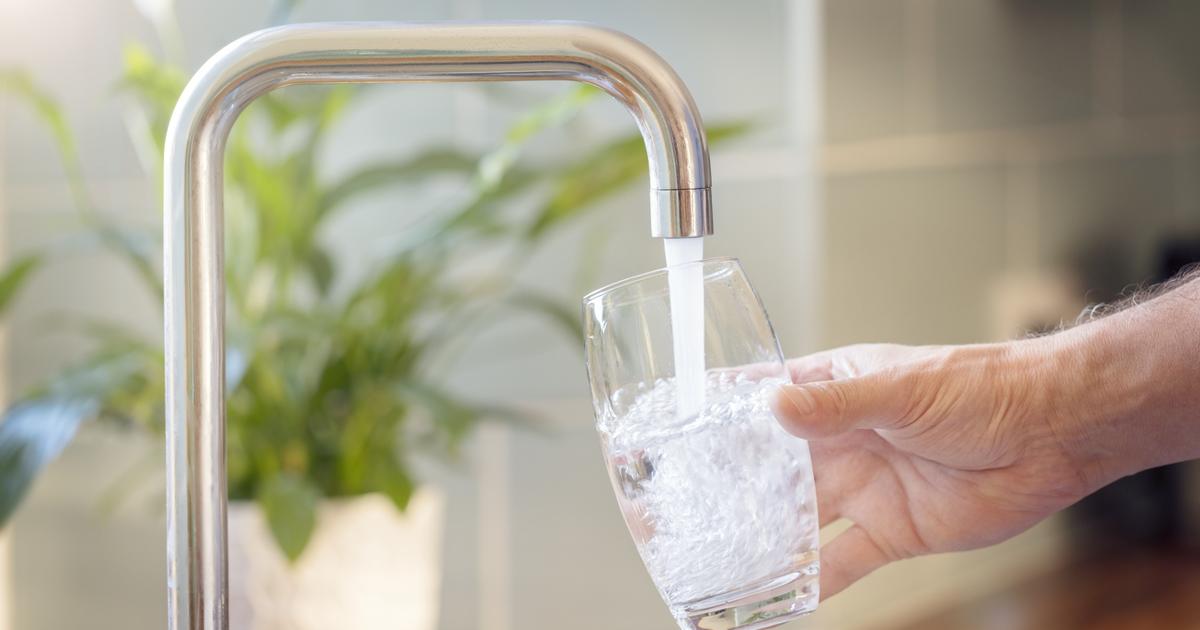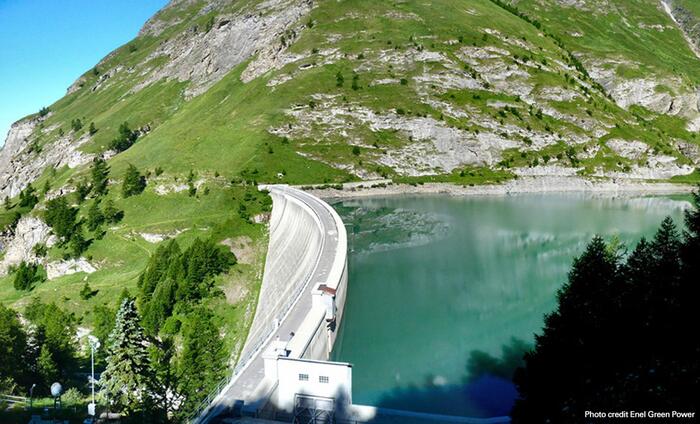Latakia-SANA
Lattakia Governorate has been witnessing continuous torrential rains for two days, which contributed to improving the water storage situation in most of the 14 dams’ lakes, implemented and invested, in addition to the Al-Sun Spring irrigation project.
The Director of Water Resources, Firas Haider, told SANA reporter that during the current depression, the lakes of Sadi in Hamra and Beit al-Qusair were filled with water, and an increase in the abundance of the As-Sin spring was recorded from 5 m3 / sec to 11 m3 / sec.
Haidar indicated that the directorate records rainfall rates on its projects through its 10 climatic monitoring stations, through which the highest percentage of rainfall was recorded over the Thawra Dam lake at a rate of 279 mm, while the lowest percentage was recorded over the Baluran Dam lake at a rate of 198 mm.
According to Haider, the rainy season begins in the Directorate of Water Resources on the first of October of each year. During the current season, the highest cumulative precipitation rate was recorded over the lakes of the Salah al-Din and Hamra dams at a rate of 515 mm, while the lowest reached 326 mm over each of the lakes of the Al-Huwaiz and Khirbet Al-Jawziyah dams.
He stressed that all the directorate's workshops, technical cadres and engineering mechanisms are in a state of maximum readiness to immediately and urgently intervene in all places where bottlenecks may occur as a result of weather conditions and heavy rains.
According to the Directorate’s data, the water supply of the Tishreen 16 Dam during the current depression amounted to 12.122 million cubic metres, Al-Thawra 4.385 million cubic metres, Al-Haffah 836 thousand cubic metres, Blauran 1.118 million cubic metres, Beit Al-Qusayr 245 thousand cubic metres, Khirbet Al-Jawziyah 40 thousand cubic metres, Al-Qanjarrah 200 thousand cubic metres, and Karsana 30 One thousand cubic metres, Al-Jawzia 30 thousand cubic metres, Salah al-Din 800 thousand cubic metres, Al-Hawiz 419 thousand cubic metres, Beit Rayhan 447 thousand cubic metres, Kfardebil 25 thousand cubic metres, and Hammar 1.225 million cubic metres.
Bassam Ibrahim









